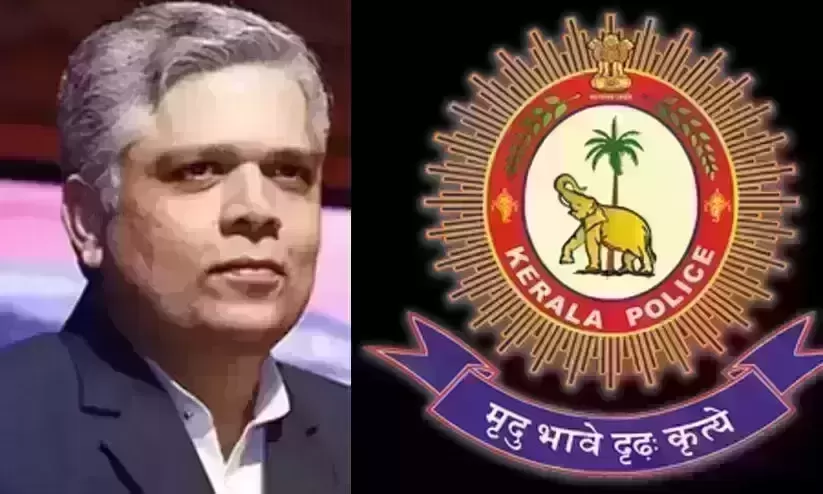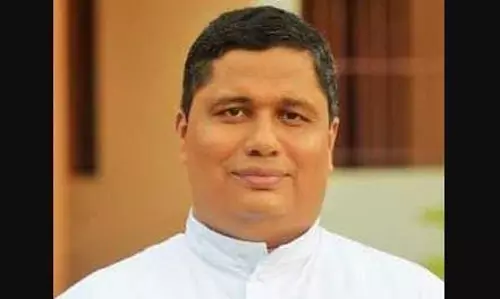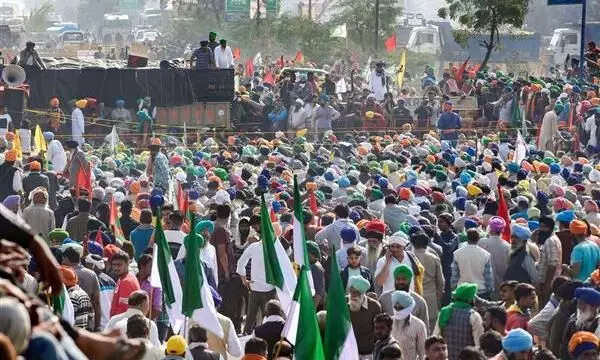
Freezing the Centre or the farmer protest?
text_fieldsThe uncertain thing about farmer strike now who the Supreme Court order of Tuesday, putting on hold the implementation of three farm laws will save. The farmer bodies are resolute that they will proceed with the strike and also the parallel tractor rally planned for the Republic Day, probably because they see the court's order as a possible tool to disperse the farmer rage, which has by now engulfed the capital. The apex court has only frozen the laws for now, but the bench has stopped short of saying anything either on the merit of the laws or the way the Centre brought the law into effect.
The court instead appointed a four-member committee to study the matter giving the panel two months for the exercise and then to submit a report. Many quarters have already observed that the selection of the study committee was weighted in favour of the farm laws and the fact that all its members are those who have supported the laws is proof that their mission will not get elsewhere. As opposed to the anti-CAA (Citizenship Amendment Act) stir, which had also put the capital on pin pricks, the Supreme Court verdict may at best achieve an interim bloodless halt or an interregnum to the farmer protest.
The apex court has also asked the farmers to treat the temporary suspension of the law and the appointment of a committee to study their demands, as a gain of them. All the same, the lead time of two months for the committee's report has also given the central government a broad window of relief. In short, without undoing the controversial laws, what the court order has achieved is in putting the ball of crisis in the agitators' court. The question how the strike can be taken forward in the interim period of two months is one that will put only the protesting organisations in crisis.
The farmers of the Punjab and the Hindi belt, who plunged into the strike with no other options left, did bring the Modi government in an unparalleled crisis. But the focus of the Centre's representatives and the ruling party has not been on resolving the problems of a large section who while facing a tragedy, hurled themselves into a life and death fight; instead the ruling dispensation has been busy digging into their political motive and to slap on them extremist and anti-national labels.
In spite of that, the farmers repeatedly asserted that they are not prepared to accept anything less than repeal of the disputed ball and restoration of status quo. Most recently, even when the Supreme Court issued the order appointing the committee, the striking farmers swear that they will not have talks with any party other than the government. For this very reason, it remains to be seen if the highest court's move will succeed. At the same time, the government, which had repressed with brute force the anti-CAA and Jammu-Kashmir protests, had realised from the very beginning that it will be hard to deal with the farmer stir in the same manner.
That said, neither the ruling elite nor the party combined with the media under its sway, withdrew from moves that would diffuse the moral of the agitation. And that ended up in a loss for them: BJP allies at the Centre, the Shiromani Akali Dal of the Punjab and Rashtriya Lok Tantrik Party of Rajasthan quit the alliance. In Haryana with its alliance partner Janayak Janta Party remaining estranged, the recent local bodies poll showed that its popularity is ebbing. The attempts by the opponents of the protest to defame it and the protesters' physical resistance to the move turned violent. In the Punjab which is running up to an election next year, people have been quitting the BJP en masse and the party has come to a situation of being unable to raise its head.
The increasing support to the farmer protests in the states of UP, Uttarakhand, Madhya Pradesh, Maharashtra and Gujarat are bound to hit the BJP in a big way. The Centre was able to attribute the stir on Kashmir and against the citizenship law a communal dimension and raise Hindutva sentiments through which it diverted the agitation to a law and order issue. And hence it was able to suppress the opposition in Kashmir by sending in the army and the anti-CAA protests using draconian anti-democratic laws. It was in a situation when the government could not convert the farmer strike to that complexion that the court's intervention comes to the Centre's rescue in a technical manner.
As of now, the farmers are vowed to move forward with the strike including the parallel parade on the Republic Day. As for the Centre, at the Supreme Court it has tried to validate its propaganda of reducing the stir to an extremist Khalistan influence. Going by its antecedents, the Centre is likely to show its penchant for repressing counter voices by creating fissures among the line-up of the protest which likely to lie frozen in the light of the court order, and by seeking means to crush those who still hold out. Therefore, it is a matter to be seen whether the court order freezing the law will actually freeze the anti-farmer moves or the stir of the lakhs of farmers.
























